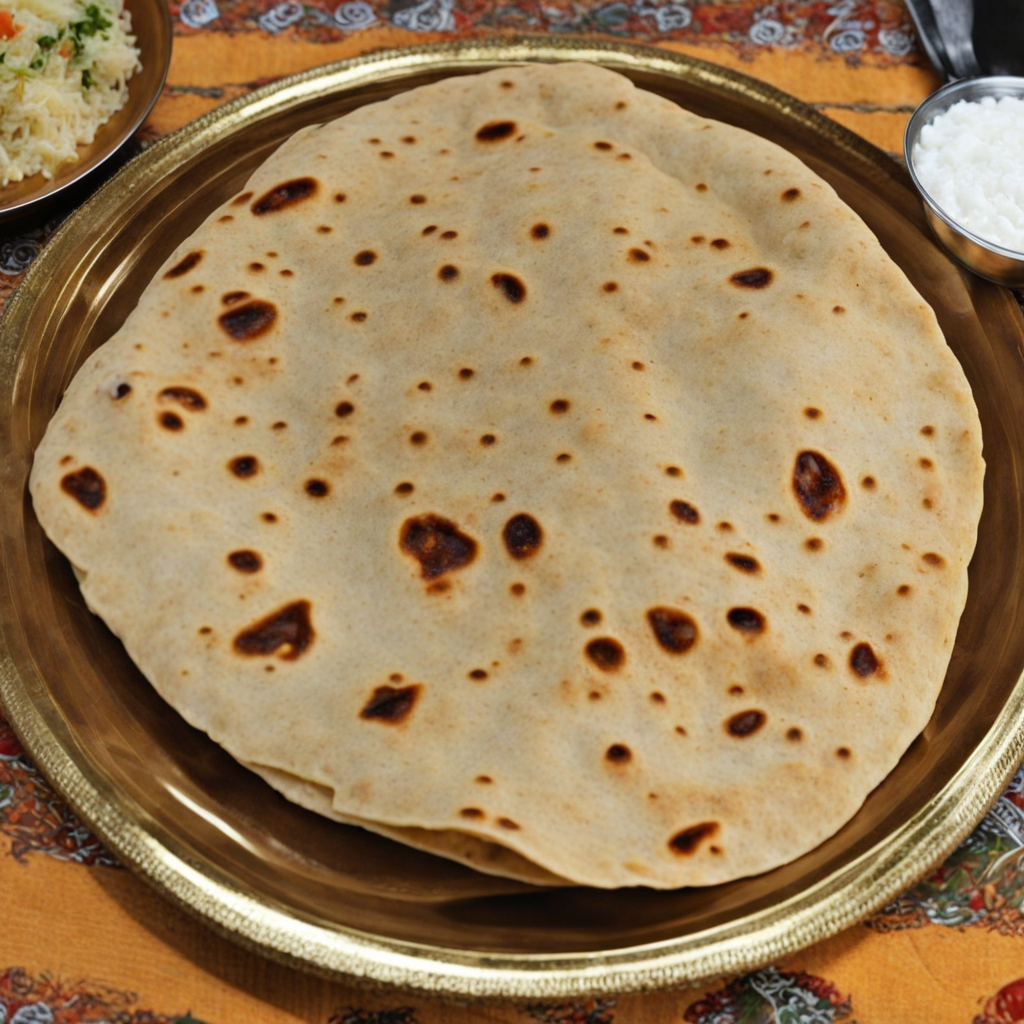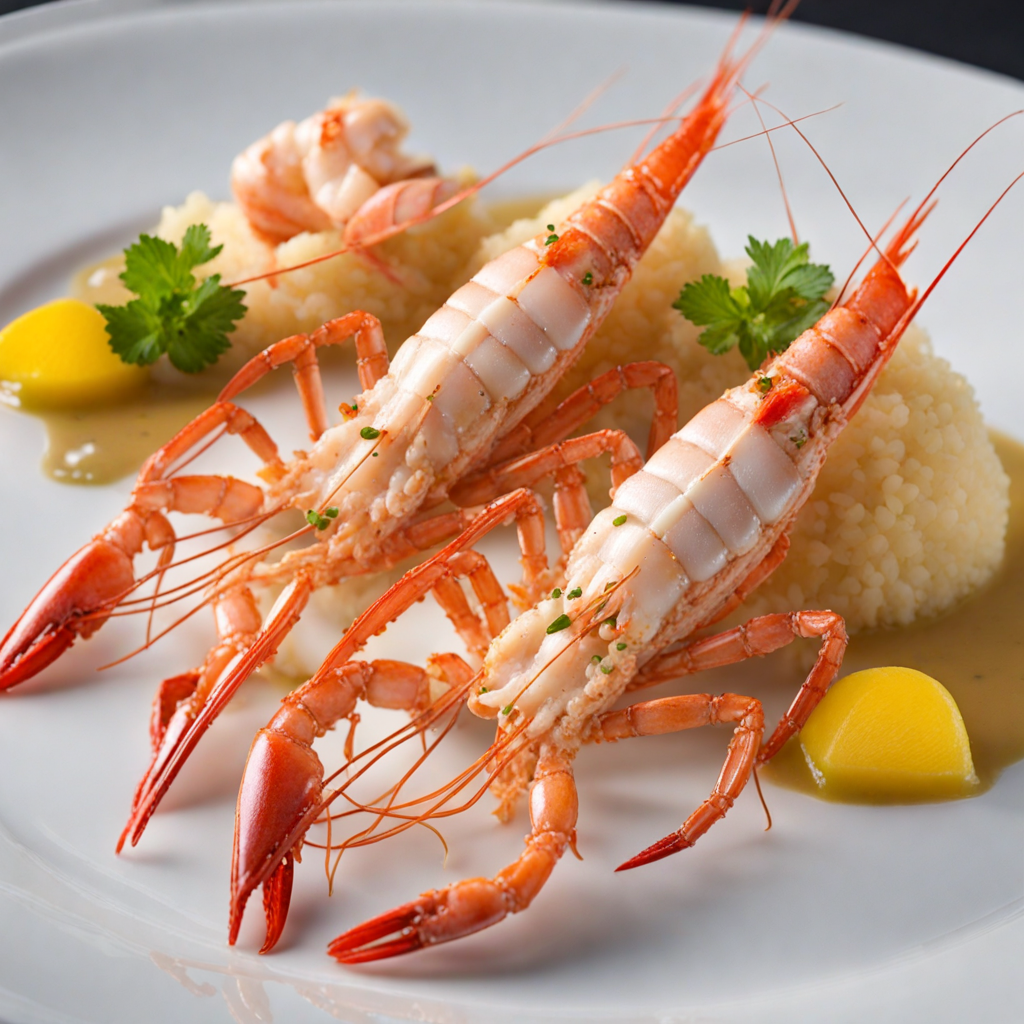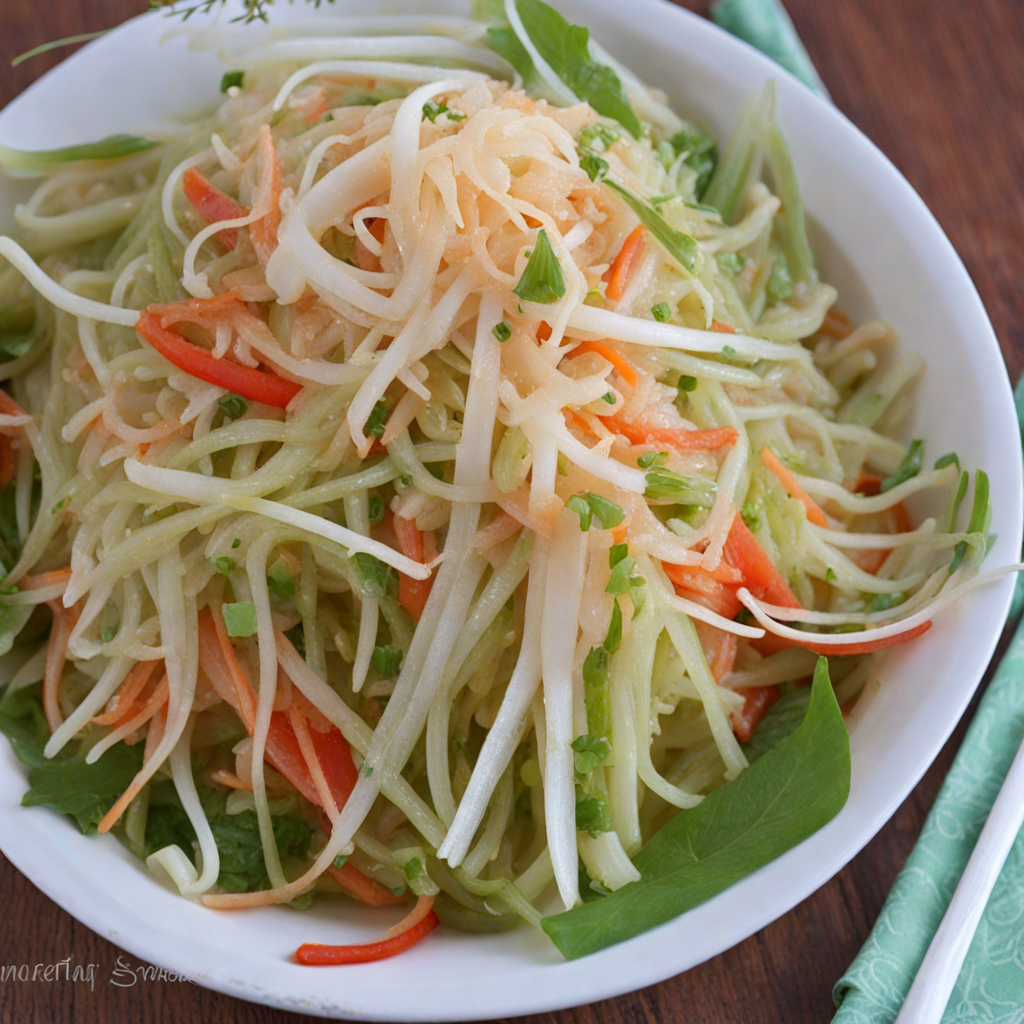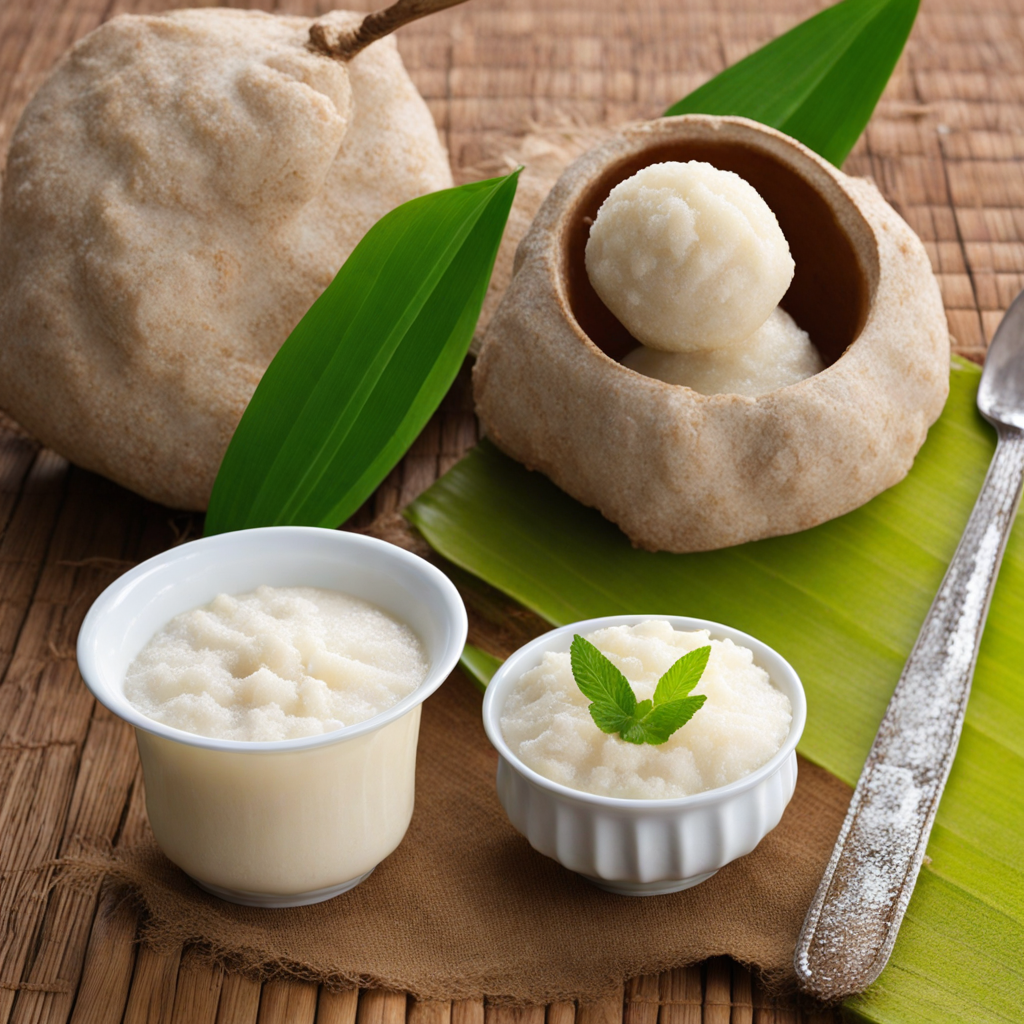Chapati
Chapati, a traditional flatbread hailing from the Comoros Islands, is a delightful culinary experience that embodies the rich cultural heritage of the region. Made primarily from whole wheat flour, water, and a pinch of salt, it is kneaded into a soft dough that is then rolled out into thin, circular shapes. The simplicity of the ingredients allows the natural flavors to shine through, while also providing a versatile base for a variety of accompaniments. Whether served warm or at room temperature, Chapati exudes a comforting aroma that invites you to take a bite. What sets Chapati apart is its unique cooking method. Traditionally, it is cooked on a hot griddle known as a "tawa," which imparts a slightly charred, smoky flavor to the bread. The cooking process involves flipping the flatbread multiple times, allowing it to puff up beautifully, creating a light, airy texture that is perfect for scooping up flavorful stews or curries. The result is a golden-brown exterior with a soft, chewy interior that makes each bite a delightful experience. In the Comoros, Chapati is often enjoyed with an array of delicious dishes, such as spicy fish curries, vegetable stews, or even lentils, reflecting the islands' rich biodiversity and culinary influences. This flatbread is not just a staple; it is a communal food that brings people together during meals, symbolizing sharing and hospitality. With its distinct taste and texture, Chapati offers an inviting gateway to the vibrant flavors of Comorian cuisine, making it a must-try for anyone looking to explore new culinary horizons.
How It Became This Dish
The Culinary Journey of Chapati in Comoros: A Tasty Tradition #### Origins of Chapati Chapati, a simple unleavened flatbread, holds a special place in the culinary heritage of various cultures around the world. While it is frequently associated with the Indian subcontinent, its presence in the Comoros Islands offers a fascinating glimpse into the broader maritime and cultural exchanges that shaped the region's foodways. The Comoros, an archipelago situated in the Indian Ocean between Madagascar and the African mainland, has a rich tapestry of cultural influences due to its strategic location on ancient trade routes. The origins of chapati can be traced back to the Indian subcontinent, where it has been a staple food for centuries. The word "chapati" is derived from the Hindi word "chapat," which means "to slap," referring to the way the dough is traditionally formed and flattened by hand. As traders and seafarers from India and East Africa interacted over the centuries, the culinary practices of these regions began to intertwine, leading to the introduction of chapati to the Comoros. #### Cultural Significance in Comoros In Comoros, chapati takes on a unique significance that transcends its basic role as food. It is not merely a staple but a symbol of hospitality, community, and shared heritage. Traditionally, chapati is prepared during significant family gatherings, celebrations, and religious occasions, embodying the warmth and generosity of the Comorian people. The preparation of chapati is often a communal affair; family members gather to knead the dough, roll it out, and cook it on a hot griddle called a "tawa." This process fosters a sense of togetherness and strengthens familial bonds, as stories and laughter are exchanged in the kitchen. The act of sharing chapati at meals reinforces social connections and reflects the values of hospitality that are deeply ingrained in Comorian culture. Moreover, chapati is often served alongside various local dishes, including spicy stews, grilled meats, and vegetable curries, making it an integral part of the culinary landscape in the islands. Its versatility allows it to be enjoyed at any time of day, whether as a breakfast accompaniment or a dinner staple. #### Development Over Time As the Comoros evolved through colonial periods and globalization, so did the culinary landscape, including the preparation and consumption of chapati. During the 19th and early 20th centuries, the islands experienced significant cultural exchange due to the presence of Arab, African, and French influences. Each of these cultures left their mark on Comorian cuisine, leading to the incorporation of various spices, cooking techniques, and flavor profiles that enriched the traditional preparation of chapati. In the modern era, the Comorian diaspora has played a crucial role in the evolution of chapati. Comorians living abroad, particularly in France, have adapted their traditional recipes to suit available ingredients while maintaining the authenticity of their culinary roots. This fusion reflects the resilience of Comorian culture, as it adapts to new environments while preserving its core elements. Interestingly, chapati has also become a symbol of resistance and identity for the Comorian people. In times of political upheaval and economic challenges, the preparation and consumption of chapati serve as a reminder of home and cultural pride. It embodies the perseverance of a people who have navigated through struggles while holding onto their culinary traditions. #### Modern Variations and Global Influence With the rise of globalization, chapati has transcended its traditional boundaries, finding its way into various international cuisines. In the Comoros, innovative chefs and home cooks alike have begun experimenting with different flours, such as whole wheat, millet, and even gluten-free alternatives, adapting to the dietary needs and preferences of a diverse population. Moreover, the influence of contemporary culinary trends has led to the emergence of fusion dishes that incorporate chapati in new and exciting ways. For instance, chapati wraps filled with local ingredients like grilled fish, spiced vegetables, and tangy sauces have gained popularity, appealing to both locals and tourists. This evolution showcases the adaptability of chapati as a canvas for creativity while remaining rooted in its traditional essence. The growing interest in global cuisine has also sparked curiosity about Comorian food culture, including the role of chapati. Food enthusiasts and travelers are increasingly seeking authentic culinary experiences, and chapati has become a focal point in showcasing Comoros' rich gastronomy. Food festivals, cooking classes, and culinary tours highlight the importance of chapati in Comorian cuisine, further solidifying its status as a cultural ambassador. #### Conclusion Chapati in Comoros is more than just a simple flatbread; it is a testament to the islands' rich history and cultural diversity. From its humble origins in ancient culinary traditions to its significance in modern Comorian society, chapati represents the resilience and adaptability of a people who have embraced their heritage while navigating the complexities of a changing world. As Comoros continues to evolve, so too will its culinary practices, but the enduring legacy of chapati will remain a cherished symbol of home, community, and cultural identity. Whether enjoyed in a traditional setting or reimagined in contemporary cuisine, chapati will always hold a special place in the hearts and kitchens of the Comorian people.
You may like
Discover local flavors from Comoros







